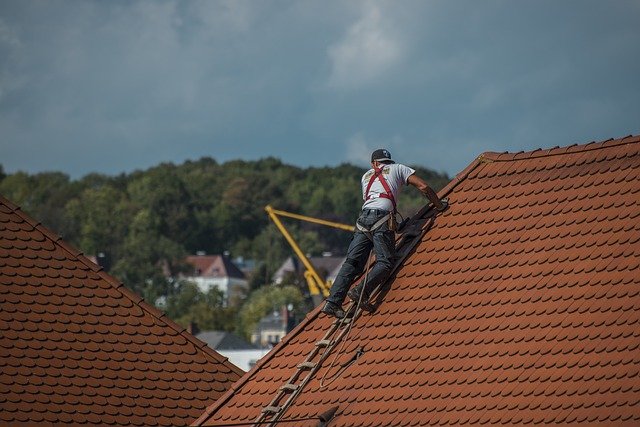Disrupting the Norm: The Unconventional Rise of Vertical Video in Entertainment
The entertainment industry is constantly evolving, with new trends and innovations emerging frequently. One such development which has gained significant traction in recent years is vertical video. A format once scorned, it is now disrupting traditional viewing norms and forging its own path in the world of digital entertainment.

A Past of Reluctance and Rejection
In the early days of digital video, vertical videos were often met with ridicule and disapproval. This was largely due to the ‘pillarboxing’ effect, where two black bars appear on the sides of the screen when a vertical video is viewed on a traditional horizontal display. The format was seen as a product of amateurism and a disregard for established video presentation norms.
Embrace by Social Media Platforms
However, the rise of smartphones and social media platforms saw a shift in this perspective. Platforms like Snapchat and Instagram Stories, which are primarily accessed through mobile phones, actively encouraged vertical videos. This was a game-changer, and led to the gradual acceptance and popularity of the format, particularly among younger audiences.
The Emergence of Vertical Video in Mainstream Media
As vertical video gained popularity, mainstream media also began to take notice. In an attempt to reach younger audiences, traditional broadcasters started to experiment with vertical formats. For instance, BBC launched an app that delivers vertical video news stories, while National Geographic has been known to publish vertical videos on Instagram.
Impact and Significance: A New Viewing Norm
The rise of vertical video is more than just a passing trend; it signifies a shift in viewing habits. As more people consume media on their mobile devices, vertical video caters to this new norm and offers a more comfortable and immersive viewing experience. It has also opened up new avenues for creative expression, as filmmakers explore the unique storytelling possibilities offered by the format.
Looking Forward: The Future of Vertical Video
With the advent of platforms like IGTV and TikTok that predominantly support vertical video, the format is expected to continue its upward trajectory. Moreover, the ongoing development of vertical cinemas - movie theatres designed specifically for vertical video - further testifies to the format’s potential to become a mainstream viewing preference.
Vertical video has indeed come a long way, from being a symbol of unprofessionalism to a widely accepted and celebrated format. As it continues to permeate the entertainment industry, it undoubtedly holds the potential to redefine the viewing experience in the digital age. The unconventional rise of vertical video is a testament to the dynamic nature of the entertainment industry, constantly evolving and adapting to cater to changing consumer habits and preferences.




